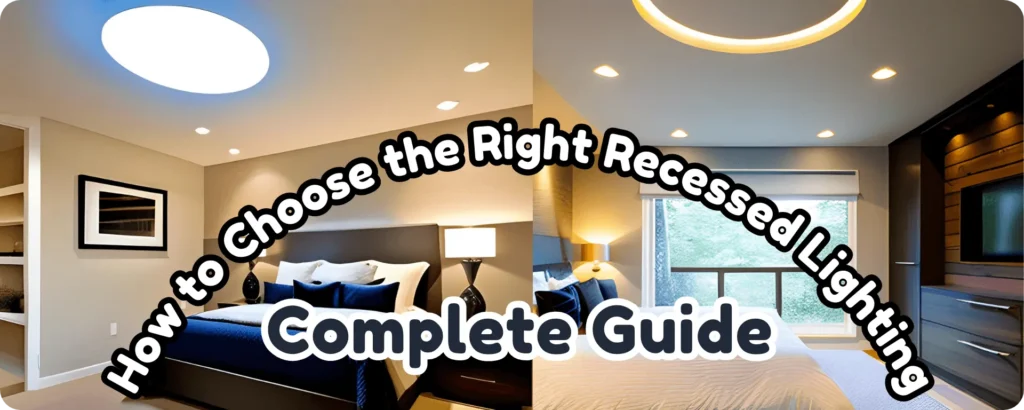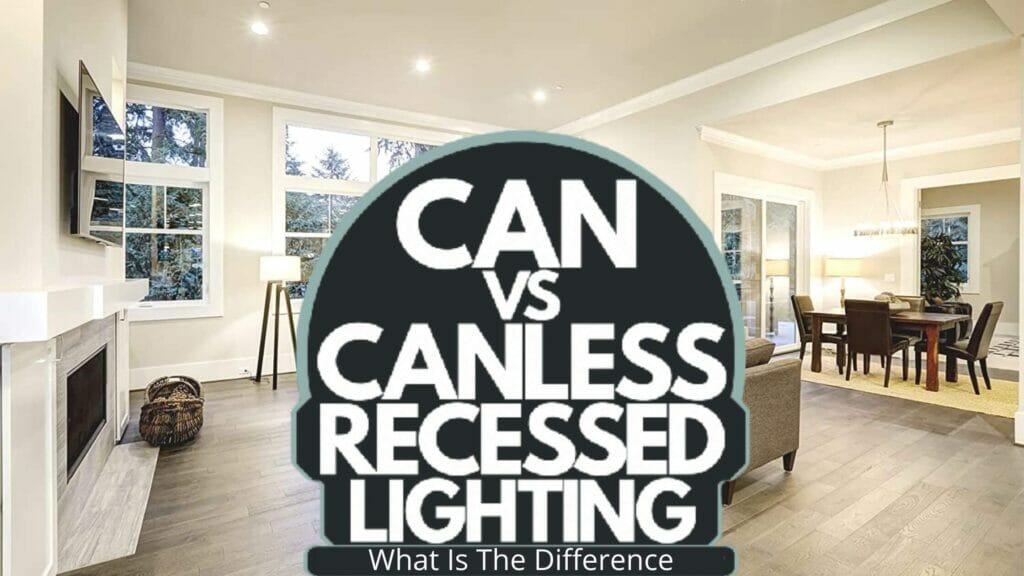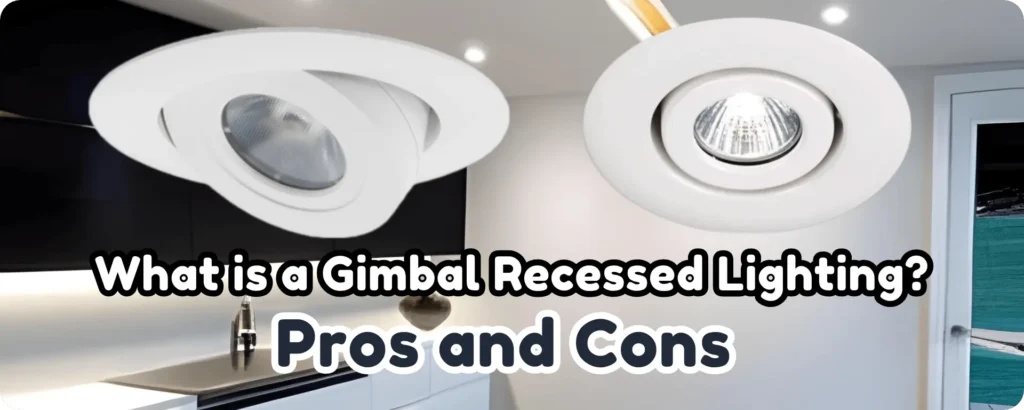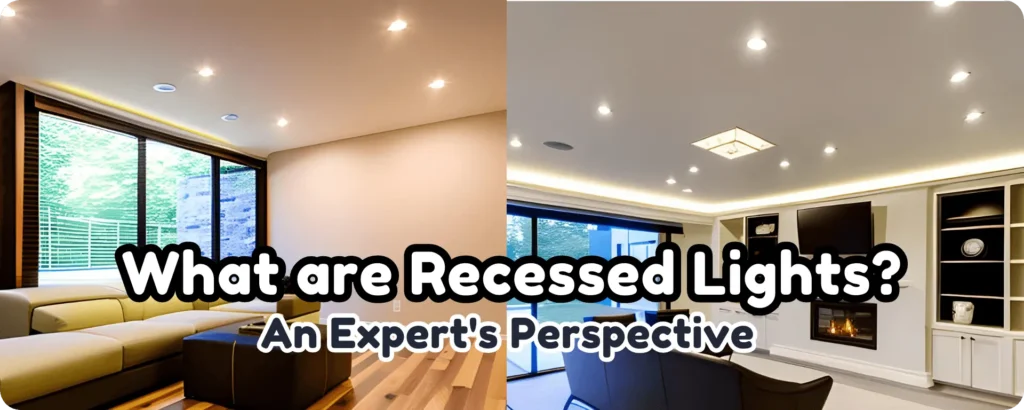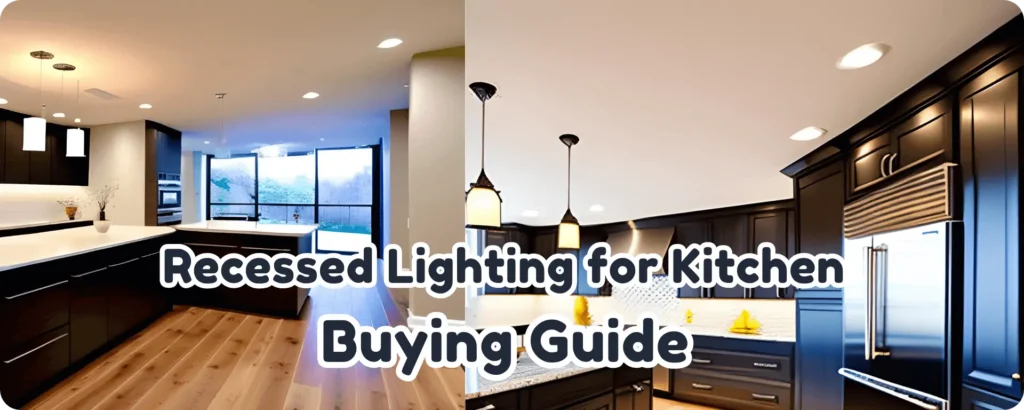

Recessed lighting is characterized by a smooth and fresh image which can be suitable in most rooms. This type of light fixture is good for illuminating spaces such as restrooms, corridors, or kitchens since they are mounted on the wall or ceiling board to give it a light that is recessed into it.
Key Considerations for Recessed Lighting for Kitchen Design
Illumination and Spaciousness:
In kitchen design, recessed lighting plays an important part because it brings in a well-lit environment for work and provides an impression of ample space.
Types of Kitchen Lights:
Kitchen lights may be classified into three groups: pendants, recessed lights, and under-cabinet lighting fixtures. Each one serves its purpose concerning where and how light should be directed without too much glare on countertops or floors beneath cabinets.
Balancing Natural and artificial light:
For instance, a well-lit kitchen will need to have a balance between natural light and man-made lights such that cooking can go on pleasantly at any time of the day or night.
Related Post: Best Under Cabinet Lighting For Kitchen & Buying Guide
Choose Ideal Kitchen Recessed Lights
When choosing lighting for your kitchen you need to know various options like fluorescent, incandescent, and LED lights among others. There are advantages as well as disadvantages associated with each type.
Fluorescent Lights:
Fluorescent bulbs consume less electricity than incandescent ones while providing high illumination per wattage. However, they may cause headaches due to eye strain in some people though.
Recessed LED Lights:
They produce enough amount of luminescence but their energy consumption is lower compared with other types such as incandescent bulbs or fluorescents. Unlike incandescent lamps or fluorescent tubes that require occasional replacements; LEDs last longer.
Select the Optimal Recessed Light Size
This means that by using them you can achieve both functional aspects as well as beauty. Keep the size of the light in mind because it affects ceiling and wall clearances which are installation issues. When it comes to LED lights for use in kitchens, 6 inches and 4 inches are standard sizes.
To make an informed decision, carefully assess the size requirements. Both lights with a diameter of 4 inches and 6 inches are appropriate for use in kitchens, but it’s vital to remember that 4-inch lights could offer superior illumination while 6-inch lights offer enhanced brightness.
Distinguishing 4-inch and 6-inch recessed lights for the kitchen
4 inch Recessed Lighting:
These 4-inch recessed lights consume less energy; hence, they have gained popularity with many people as being modern. They can provide similar brightness performance as their counterparts measuring 6 inches although they remain smaller in size. A compact design allows such lighting to occupy confined spaces and allows them to be used with a variety of gimbal or specialty trims.
6 inch Recessed Lighting:
When compared with 4-inch lamps, 6 give brighter light intensity over larger areas making them suitable for greater rooms or rooms where lesser glare is desired. In case you intend to illuminate mid-size or large places such as living rooms or kitchens you should consider installing 6 inches here since high-quality brightness will be obtained throughout such rooms. The presence of smaller-sized fixtures combined with a clear visual scale brings out decorative elements at times but when it covers narrow space on its walls.
Conclusion:
About the design of a kitchen, recessed lighting is an essential feature that provides both functionality and beauty. Also, 4-inch diameter lights and those which have diameters of 6 inches can be used in kitchens, however, it should be noted that the former may offer better quality illumination while the latter has more light intensity. Evaluating these aspects will ensure you have a well-lit kitchen which adds visual attraction and practicality alike.

